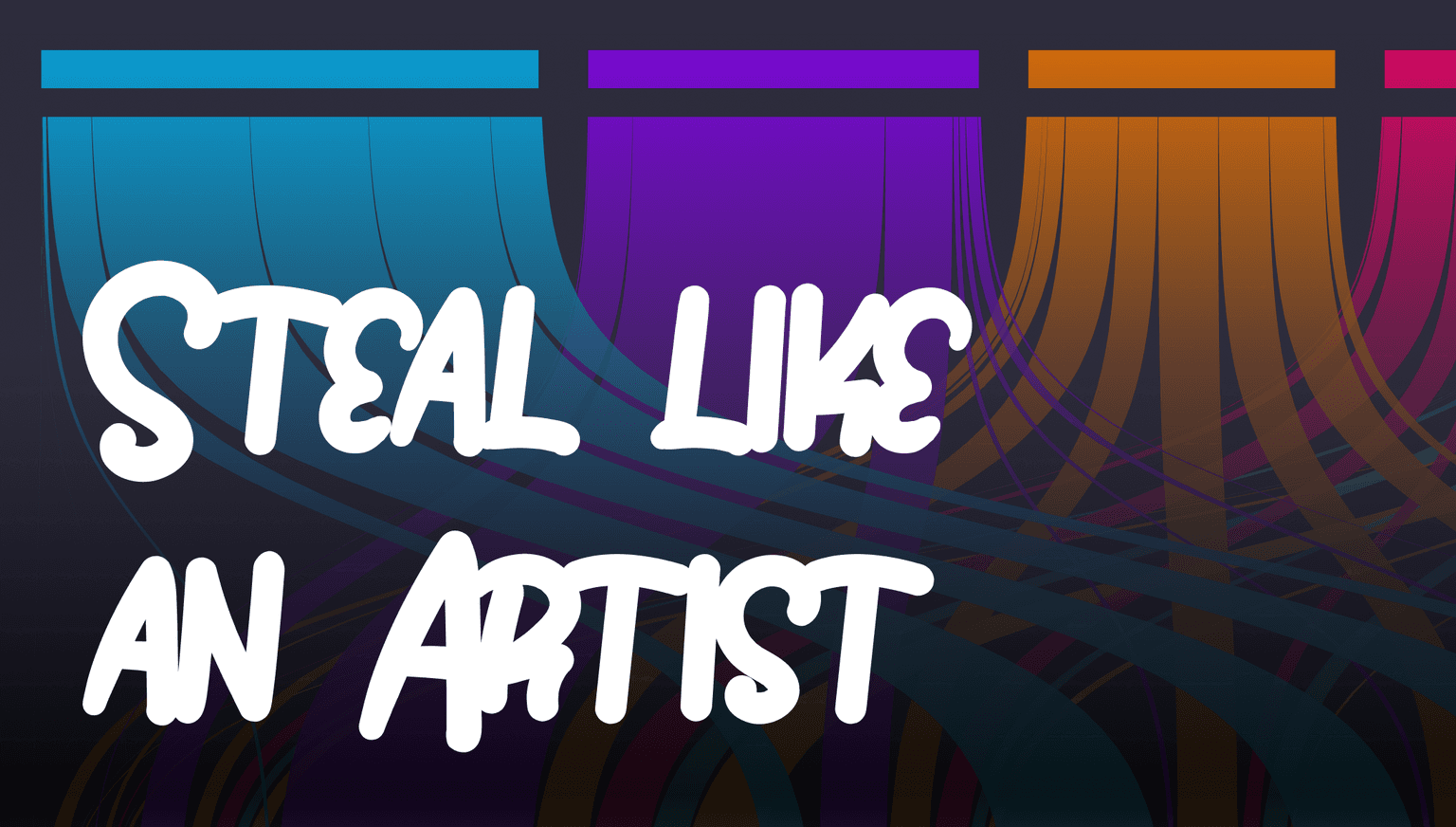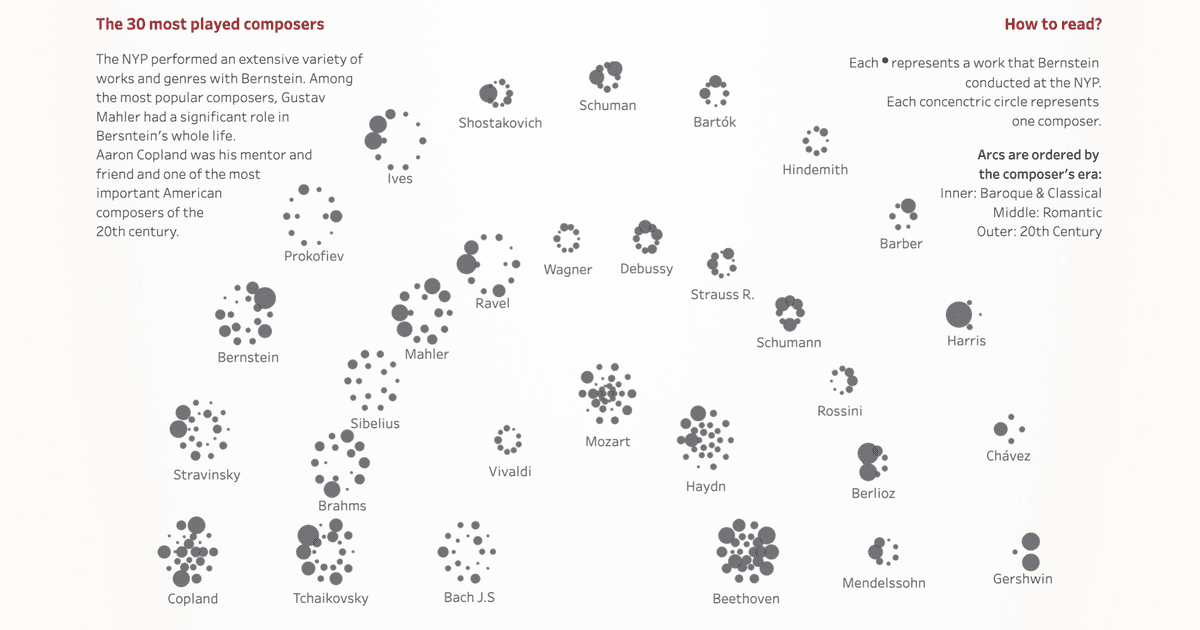Steal like an artist
Written by: Zsófia Nika, Hanna Bekefi, Béla Petrik, Márton Balla, Gergő Farkas, András Szepesi

Explore the building blocks of music that created the hip hop of the 2020s by sampling legendary rappers, video games, space music and SpongeBob Squarepants.
Sampling or using an element from a song to create another one might seem like a new idea, enabled by technology but reusing old musical ideas in a new context is as old as time. We explore how decades of music and popular culture were thoroughly mixed and baked together to produce the hip hop of the 2020s.
What is a sample?
In a technological sense, samples are small recorded audio clips which are then flipped, manipulated, looped and reused in some way to create a new piece of music. A sample can range from a short bass drum hit to a minutes long song used in its entirety if it makes musical sense in the new creation. In the data we used, samples are more bits of songs reused, even if not directly from a record. It can be lyrics, phrases, rhythmic flow and any bit of music which can be traced back to some clear origin. A prominent example of an ancient form of sampling (or musical intertextuality) is Mahler’s Symphony no. 3 reusing Brahms’ Symphony no. 1 - which already borrowed Beethoven’s theme from his famous Ode to Joy.
How we see genres and decades today
We have picked hip hop songs released in 2020 and 2021 to examine which decades, artists and genres had the most effect on it. Musical trends flow like a wave and usually repeat themselves from time to time – as seen by looking at how prominent the 70s were in today’s music. Our visualization tries to examine how today’s hip hop producers look at the virtually infinite pool of samples and pick the ones that fit their current vision, regarding decades and genres. In 10-20-30 years, producers of the future will surely use a vastly different collection of samples – as they did decades ago as well.
Looking at the most sampled artists and the artists who sample the most are not a collection of goods and thieves, rather a list of artists who definitely had an impact on today's music scene. Identifying samples is a tedious task and a large number of them are never found, we are just scratching the surface of how music is reimagined today.
Make it look like music
To successfully deliver a story and insights, it is crucial to create the matching visual context as well. The biggest part of our mood board contained graffitis and elements of hip hop culture which has given us a great space regarding the color palette and shapes. Besides that, since it is all about music, the idea of an equalizer chart came up already in our first draft to reinforce the visuals of music in our work as well.
Some would argue that original ideas – if exist – are almost impossible to come by. No art exists in a vacuum, stealing might be a necessity. In classical music, taking motifs from other composers was considered more of an act of respect than stealing, however with the advent of sampling technology (and copyright law) sampling today are sometimes frowned upon. Ultimately, it’s up to the listener to decide if a piece of music is a brilliant amalgam of ideas or just a blatant rip-off.
Our visualization is built from data from whosampled.com, a community-driven project which houses the most comprehensive data of samples in songs. Be mindful, that whosampled.com is a non-profit project and there is no official information on all the songs and samples that exist.
Check out the full interactive dataviz on Tableau Public

about the authors
Zsófia Nika
Hanna Bekefi
Béla Petrik
Most of the data visualization solutions require backend design and data preparation. This is where I come into place. I am enthusiast of provide highly functional data visualizations with the maximum level of simplicity and performance. I am specialized in reporting data modeling and performance optimization.
Márton Balla
Márton is a Tableau specialist who has a passion for designing user-friendly and insightful visualizations. His skills in UI and UX design have helped him create data-driven dashboards and reports that help businesses make better decisions.
Gergő Farkas
Gergő is a Data Engineer at Starschema, who enjoys the data preparation way more than the visualization after it. His goal is to make a nicely structured, organized data ready for the magic which comes after him.
András Szepesi








